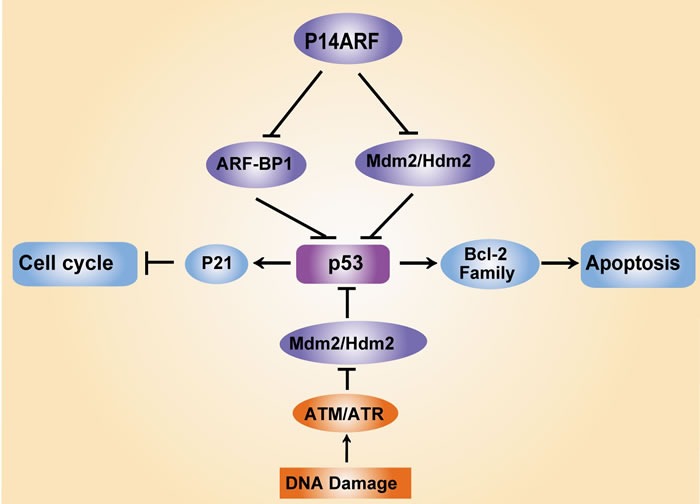Figure 1. Regulation of p53 and its key regulators in response to DNA damage.

DNA damage triggers the activation of the tumour suppressor protein p53 via ataxia-telangiectasia mutated (ATM) and ataxia-telangiectasia and Rad3-related (ATR) protein kinase-dependent pathways, which leads to cell cycle arrest via the induction of the cyclin-dependent kinase (CDK) inhibitor p21 and cell apoptosis via mediation of Bcl-2 family expression. MDM2 (also known as HDM2) and ARF-BP1 act as E3 ubiquitin ligases that target p53 proteasomal degradation, which ensures low p53 levels in normal and unstressed cells. Notably, the tumour suppressor p14ARF protects p53 protein stability via inhibition of MDM2/HDM2 and ARFBP1.
